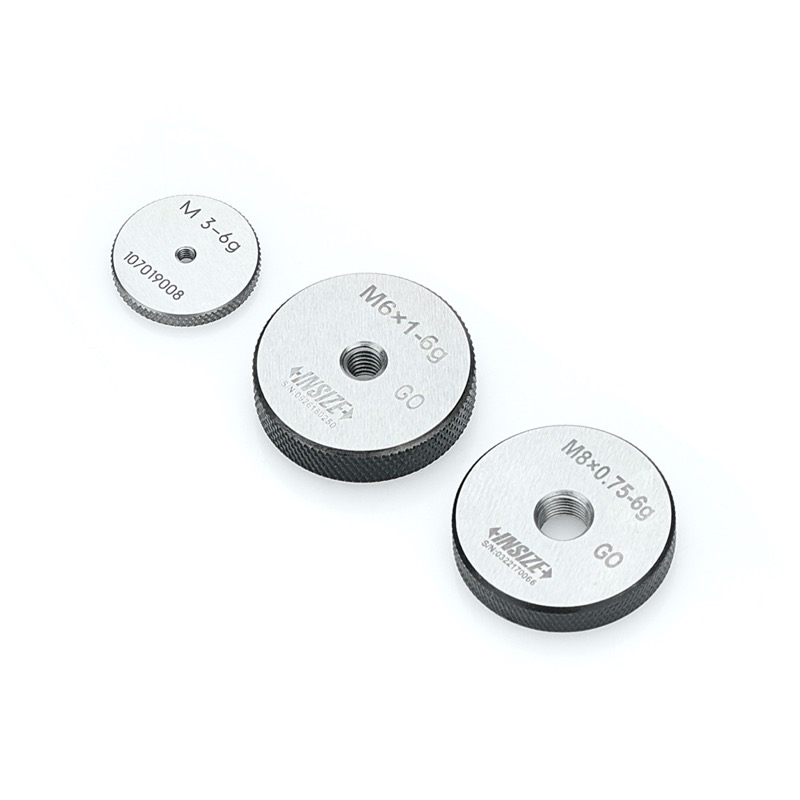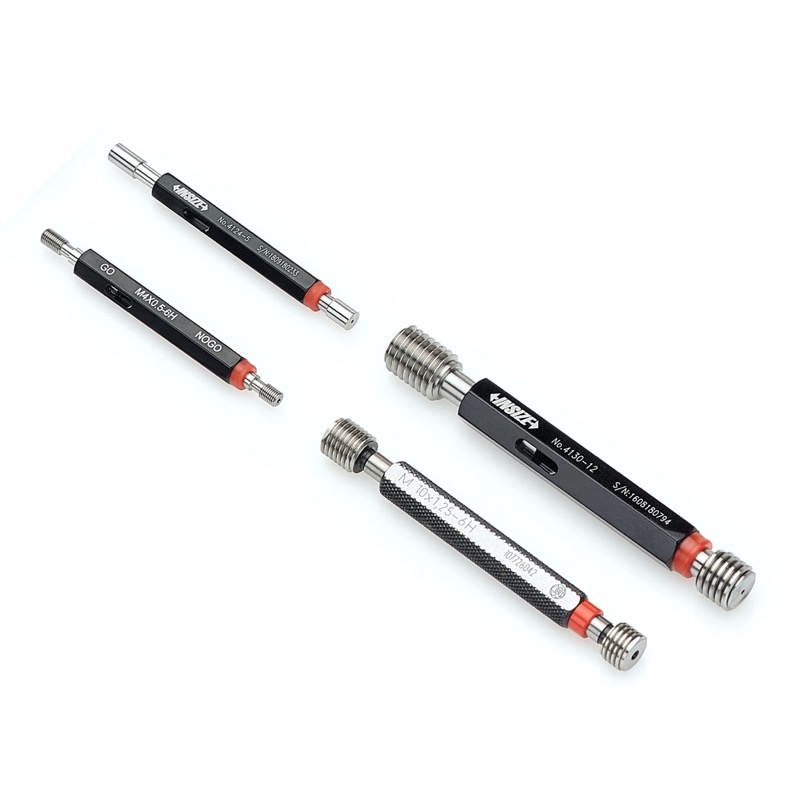What Is Metrology?
What is Metrology? (And How Does It Relate To Accuracy?)
Metrology is the study of measurement and it is the key to achieving accuracy. The aim is to provide accurate and therefore reliable measurements for trade, health, safety and the environment. It is especially important in precision engineering where products need to meet strict tolerances.
The Scope Of Metrology
Metrology is used in many industries to enforce, validate and verify pre-defined standards. The study of metrology is divided into the following 3 subfields which are used to ensure accuracy, reliability and precision.
- 'Applied, Technical or Industrial Metrology' establishes the importance of measurement and the maintenance, quality control, and calibration of instruments.
- 'Legal Metrology' refers to the regulation requirements of measurement and measuring instruments so that consumers are protected and fair trade is observed.
- 'Scientific Metrology' establishes common understanding of measurements and units. It is therefore vital for being able to achieve high levels of accuracy and reliability, particularly for precision engineers.
In the Accu Tutorial below, Matt shows us the best practices for measuring screw length using a vernier caliper, which is one of the 6 essential metrology tools for your workbench.
Before we take a look at some essential tools and methods you need for ensuring accuracy, it is interesting to firstly understand the 7 base units in the most common system of measurements.
What Is The Treaty Of The Metre? (And 7 Base Units In The System Of Units)
The Bureau International des Poids et Mesures (BIPM) was established in 1875, following the Treaty of the Metre, also referred to as the Metre Convention. It brings organisations together to establish agreed metrology definitions and standards. For example, they created the International System of Units in 1960, which is now the most widely used system of measurements.
The 7 Base Units In The System Of Units:
- Ampere (electric current)
- Kelvin (thermodynamic temperature)
- Mole (amount of substance)
- Metre (length)
- Kilogram (mass)
- Second (time)
- Candela (luminous intensity)
3 Essential Metrology Tools For Your Workbench
We spoke with our team of mechanical engineers and the consensus was everyone should have at a minimum #1-3 shown below. #4-6 are more of a luxury but definitely a nice to have if your budget allows!
#1 Rules And Straight Edges

These basic but essential measuring devices allow fast, convenient and cost-effective measuring. They are available in many different lengths usually from 150mm to 450mm. They are also available in various widths and standards of accuracy.
For engineering purposes, they are commonly made from rigid materials, most commonly stainless steel. Stainless Steel Rules are often used for marking lines with a scriber to create a guideline to follow for applications such as machining.
Rules are sometimes used for checking the straightness of a surface, however, straight edges or levels are a more common tool for measuring straightness and uniformity.
#2 Squares

Squares are a multipurpose tool that you can use for inspecting angles. They are also used in factories and workshops for the setting and checking of angles.
Some squares have wide bases or specialised blade types. For example, Bevelled squares are designed to be usable at an angle, and thin machinist blades are designed for metalwork.
Squares are available in a range of styles with angles from 45 to 135 degrees. Accu also stocks Protractors for measuring angles. These are available with either an analogue display or digital display.
#3 Vernier Calipers

Verniers are used in engineering schools, science labs, workshops and factories to accurately measure depth, internal and external dimensions.
Measuring Internal Dimensions With Verniers
The upper jaws measure internal dimensions, such as inside a hole or pipe.
Taking External Dimensions
To get external dimensions, simply clamp the jaws on either side of an object.
Measuring Depth
Verniers have a depth probe on the rear part of the venier. This can be extended from the edge of the hole through to the other side to measure the depth.
#4 Micrometers

Micrometers, sometimes known as micrometer screw gauges, are used measure depth, length and thickness of very small objects.
They are often used in mechanical engineering and machining industries. They are more precise than alternative metrology tools such as a Vernier Caliper. Micrometers can measure distances with ultra-high precision using an internal lead screw for very gradual adjustment.
The disadvantage of this measuring tool is that they are limited to measuring small objects. This is because the object that is being measured needs to fit between its anvil and spindle.
#5 Ring Gauges Ring Gauges are used to check the tolerance of cylindrical objects. They are specifically designed for the measurement of male threads such as those found on screws. This is the best solution for verifying the outside diameter of parts.
Ring Gauges are used to check the tolerance of cylindrical objects. They are specifically designed for the measurement of male threads such as those found on screws. This is the best solution for verifying the outside diameter of parts.
They are particularly useful if they are used in pairs. There are Go and No-Go Ring Thread Gauges available in various tolerance levels. This means that parts can be quickly tested to see if they meet the required standard by ensuring it fits into the Go Gauge but does not fit into the No Go Gauge.
#6 Plug Gauges
 Plug Gauges are used to verify internal threads to check that they meet a certain standard of accuracy.
Plug Gauges are used to verify internal threads to check that they meet a certain standard of accuracy.
It is a useful tool with a threaded area at each end. One end is slightly larger than the other end, so that when objects are verified against it, the nut needs to be able to wind down one end but not the no-go end. This checks that the product is within the tolerance.
Plug Gauges are suitable for many engineering components with a female thread, ranging from M1 through to M150 sizes.
Metrology Tips
During our research for this article, not only did we ask the advice of our own engineering team but we also reviewed a number of YouTube videos on the subject. The video below was one of our favourites - it's from the well known American machine shop NYCNC who teamed up with a Mitutoyo expert to provide a helpful hands on demonstration of the most important metrology tools.
Do you have the tools listed above in your workshop? If not, why not take a look at our extensive range of Metrology tools today!




